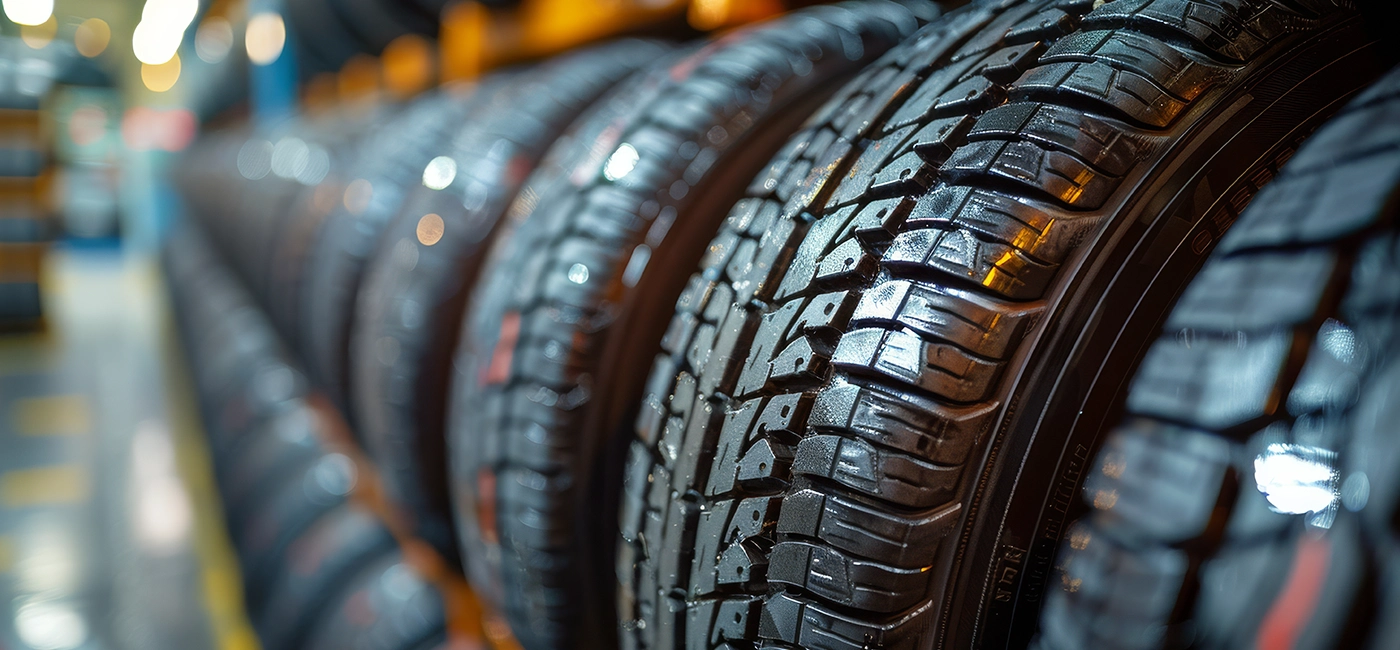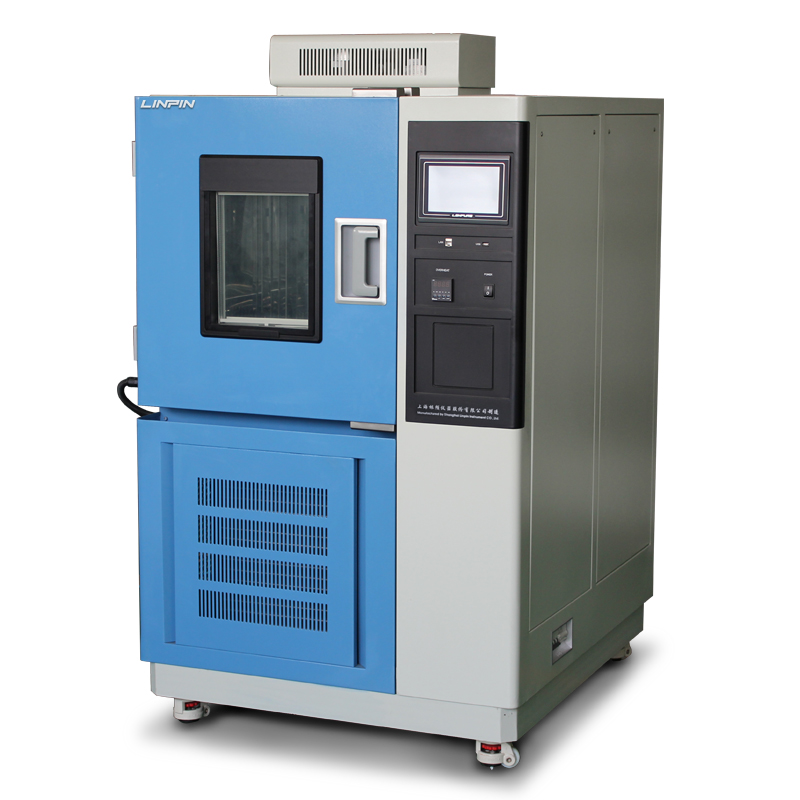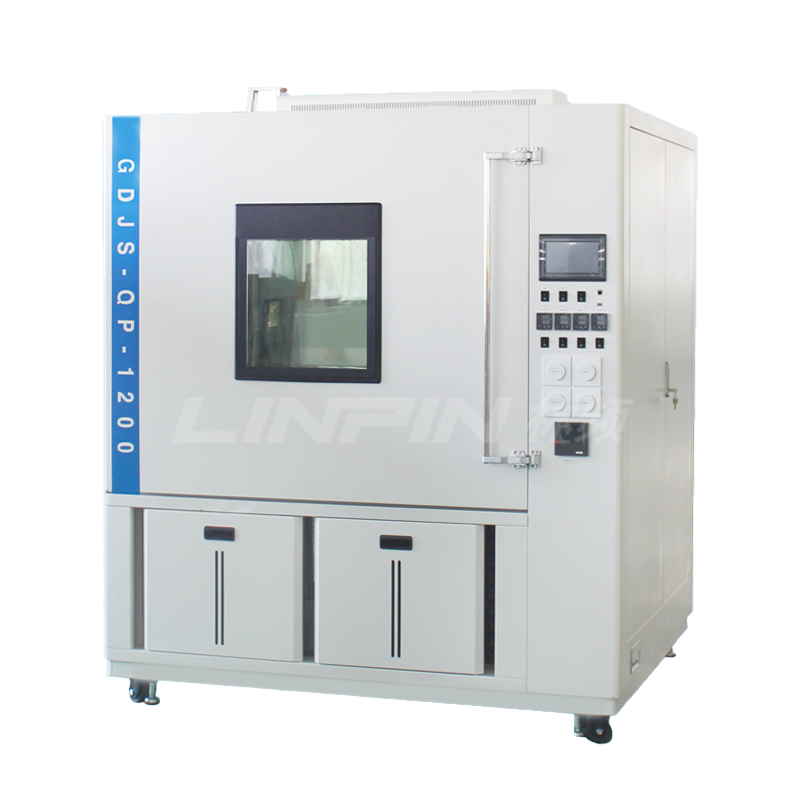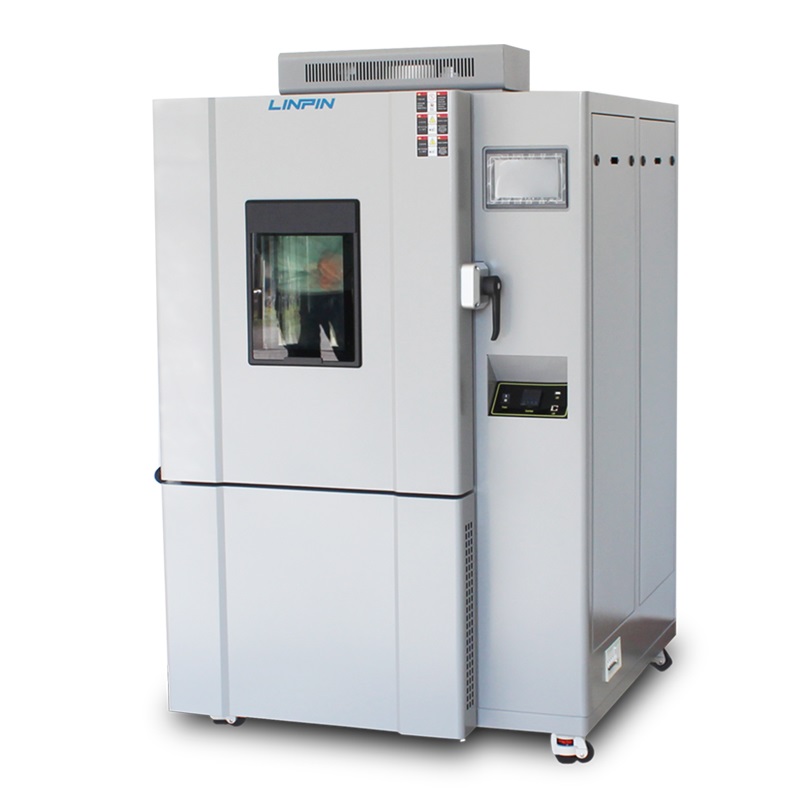Before rubber products leave the factory, it is essential to understand the ozone aging patterns of rubber and quickly identify and evaluate its resistance to ozone aging. This helps improve the quality of rubber products and extend their lifespan. So, how does the ozone aging test machine affect rubber products?
Rubber Products
- Oxidation: Oxidation is one of the primary causes of rubber aging. It involves a free radical chain reaction with rubber molecules, causing molecular chain breakage or excessive cross-linking, which alters the rubber's properties.
- Ozone Aging: Ozone also causes molecular chain breakage, but its effect on rubber varies with the deformation of the rubber. When applied to deformed rubber, it causes cracks perpendicular to the direction of stress, known as "ozone cracking." When applied to non-deformed rubber, it only forms an oxidation film on the surface without cracking. Ozone is much more chemically active than oxygen and more destructive because it consists of molecules with three oxygen atoms, which easily decompose to produce active oxygen atoms. Increasing the temperature to a certain extent can cause thermal cracking or thermal cross-linking of the rubber. However, the primary effect of heat is activation, increasing the rate of oxygen diffusion and activating the oxidation reaction, thereby accelerating the oxidation rate of rubber. This is a common aging phenomenon known as thermal-oxidative aging.
- Photoaging: The shorter the wavelength of the light, the higher the energy. High-energy ultraviolet (UV) light is particularly destructive to rubber. UV light can directly cause the breakage and cross-linking of rubber molecular chains. Additionally, rubber absorbs light energy and generates free radicals, initiating and accelerating the oxidative chain reaction process.
- Damp-heat Effects: Rubber is prone to damage when exposed to humid air, rain, or water immersion due to the extraction and dissolution of water-soluble substances and hydrophilic groups, hydrolysis, or absorption. Alternating between water immersion and atmospheric exposure accelerates rubber degradation. However, under certain conditions, moisture may not harm the rubber and can even slow down the aging process. Moisture can penetrate the rubber and cause swelling of the rubber molecules. If heat is added, these effects become more intense, leading to more significant damage.










